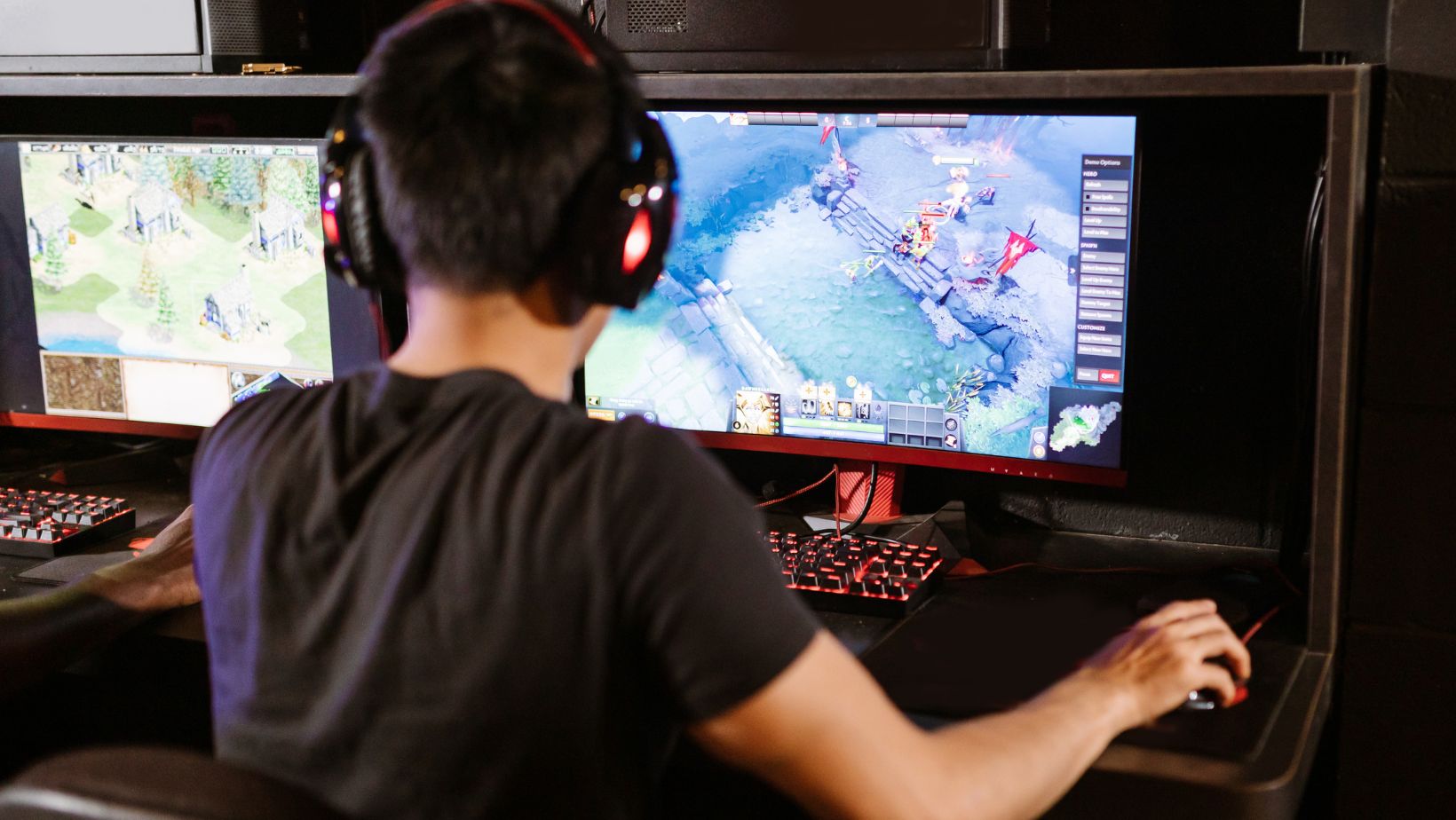Cities as More Than Backdrops
In the world of gaming, cities often serve as sprawling arenas, tactical mazes, or moody atmospheres. But a growing number of developers are turning virtual urban spaces into vessels of identity — reflecting the texture, rhythm, and contradictions of real-life cities with surprising fidelity. From indie titles to major AAA releases, urban environments are no longer just passive scenery. They’re becoming active agents of storytelling, cultural representation, and emotional immersion.
In an age when more people live in cities than ever before, players are increasingly recognizing, and craving, authenticity in how those cities are portrayed. The alleys, storefronts, rooftop shortcuts, and architectural clutter are no longer just assets — they’re a statement.
The Shift from Generic to Specific
Historically, many games set in cities defaulted to a generic urban design. Grid-like streets, anonymous high-rises, a metro station or two. Think of early open-world titles where “city” meant “somewhere in America with a few palm trees or yellow cabs.” These generic renderings served gameplay, but lacked a sense of place.
Recent titles have broken away from this. “Unpacking,” while not urban in the traditional sense, roots each stage deeply in cultural specificity through interior spaces. “Chinatown Detective Agency” builds a stylized yet deeply Singaporean cityscape, complete with multilingual signage and MRT system logic. Even larger titles like “Spider-Man: Miles Morales” enhance immersion by embracing the Afro-Latin culture of Harlem, making the neighborhood feel alive not just as a map but as a character.
Audio as Cartography
It’s not just visuals that define a city in-game. The soundscape plays an equally vital role. The distant wail of ambulances, snippets of conversation in native languages, the drone of subway brakes, or the sudden eruption of a protest crowd — these sounds construct a sense of realism that architecture alone can’t provide.
“Watch Dogs: Legion” made ambitious strides with its version of London. Beyond landmarks, what stood out was the layered auditory design — accents, music, the way people shouted on the street. It blurred the lines between simulation and stylization, offering a fragmented, sometimes chaotic sense of urban life. Players didn’t just move through the city; they listened to it.
From Mini Maps to Mental Maps
The way players navigate urban spaces in games also reflects a shift in design philosophy. Where traditional games offered a minimap with waypoints, newer titles encourage players to learn the city like a real resident would: through landmarks, local routines, and spatial memory.
In “Yakuza: Like a Dragon,” for instance, Kamurocho isn’t just a sandbox — it’s a lived-in space with rhythms, personalities, and micro-stories. Players begin to memorize where certain shops are, which streets feel unsafe at night, where a local might be found at a certain hour. This mirrors the mental mapping process of navigating real cities, deepening the bond between player and environment.
A growing number of gaming communities and resources have also started to explore this immersive urbanism. One noteworthy example is https://footyguru365.com/, a platform that, while rooted in sports culture, often highlights the relationship between local identity and the environments that shape athletic narratives — a connection increasingly echoed in sports-based and narrative games alike.
Urban Games as Cultural Archives
When games take urban specificity seriously, they inadvertently become archives of culture. Architecture, slang, street fashion, even grocery store signs can tell us something about a place at a particular moment in time. This becomes especially poignant in games that fictionalize real cities or build inspired counterparts.
Take “Night Call,” a narrative-driven noir set in Paris. As a taxi driver navigating a nocturnal city, players experience a version of Paris rarely shown: one full of immigrant voices, class tension, and quiet intimacy. The city is not idealized but interrogated. This kind of design forces players to reflect on real urban complexities rather than romantic tropes.
The Power of Place in Player Identity
Finally, urban environments affect not just narrative and aesthetics but player identity. Where a game is set can shape how players understand their own position in the world. Representation through space — seeing your own neighborhood, language, or culture depicted with care — can be just as impactful as character representation.
Developers who embrace this spatial storytelling approach aren’t just creating cities — they’re honoring them. And for players, exploring a city that feels real, grounded, and meaningful is more than entertainment. It’s a form of recognition.




















